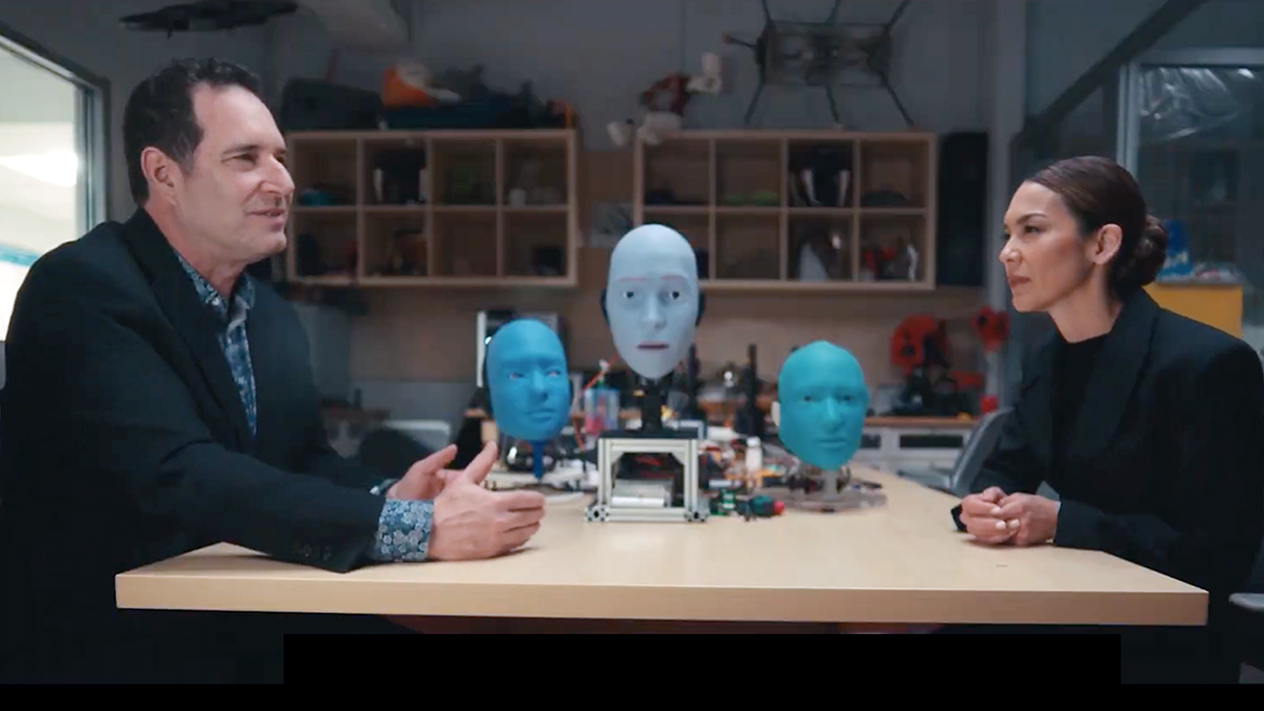Working in a poultry processing plant can be challenging.
Food processing environments are often kept quite cold by design to prevent pathogen growth. Low temperatures, combined with the physical demands of the job, have contributed to the industry’s high turnover rates that have been exacerbated by the pandemic. According to recent estimates, annual poultry worker turnover can be as high as 100%, and amid Covid-19, increased risks for disease transmission and cross-contamination pose even more obstacles for the sector.
To address these issues, ATRP is exploring ways to combine VR with factory-based robotics in certain poultry processing operations, such as cone loading, which could allow workers to perform their jobs in safer environments – or even from home. Cone loading takes place when chicken carcasses that have had their legs and thighs removed are placed onto a cone for further processing.
“Cone loading sounds like a really easy task, and it is,” said Konrad Ahlin, a GTRI research engineer who has expertise in robotics. “But the problem is having a dedicated person doing that for extended periods – it’s physically demanding on the person, and it’s a menial, trivial task that’s unfortunately just necessary.”
ATRP’s “expert-in-the-loop” robotics solution would allow human workers to provide key information to robot systems performing the operation – all from a virtual reality environment. So far, attempts to fully automate common poultry processing operations have not been successful due to chickens’ irregular and malleable shapes. But VR could solve that challenge, Ahlin noted.
“Virtual reality is creating this bridge where information can intuitively pass between human operators and robotic devices in a way that hasn’t been possible before,” Ahlin said.
ATRP has filed a provisional patent for its VR research and is also working with the Georgia Research Alliance (GRA) to develop a commercialization roadmap for the technology. The GRA is an Atlanta-based nonprofit that expands research capacity at Georgia universities, then seeds and shapes startup companies around inventions and discoveries.
Gary McMurray, a GTRI principal research engineer and division chief of GTRI’s Intelligent Sustainable Technologies Division, said VR’s potential to defy geographic limitations could be transformative for the manufacturing industry at large.
“There are lots of reasons that this technology could have a big impact on manufacturing, which is struggling with finding people to do jobs,” McMurray said. “With this technology, you could be sitting in West Virginia, put on a VR headset, and work from the comfort of your home. You’re no longer tied to geography, and that’s really powerful.”


